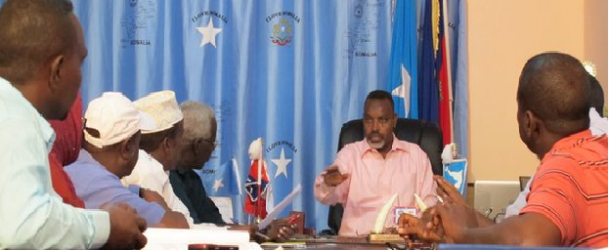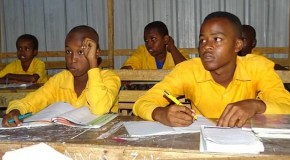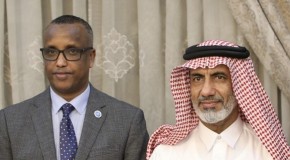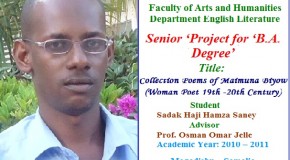In a cluttered office in the centre of Mogadishu, a dozen men in suits squeeze round a table to haggle politely over the price of business licenses.
An elderly air conditioner wheezes quietly in the background.
In a ruined city famous for its warlords and anarchy, this modest,
humdrum meeting of Mogadishu’s new Chamber of Commerce feels like a milestone – proof that Somalia’s capital is slowly returning to a loose approximation of normality after two decades of spectacular self-destruction.
But is this progress irreversible? Or is Somalia destined to slide back into clan warfare and chaos? And can a man called Tarzan make a difference?
At the head of the long table, sporting a bright pink shirt and neatly cropped grey goatee, sits Mohamed Nur, the mayor of Mogadishu – known to all by his childhood nickname, Tarzan.
It is two years since I first met Tarzan, soon after his return from years in exile in London. He was one of several prominent members of the diaspora to come home to join a fragile transitional government.
Perhaps “fragile” is not a strong enough word.
Back in 2010, half of Mogadishu was still under the control of the al-Qaeda affiliated Islamist group al-Shabab, a deafeningly active front-line split the city in two, and Tarzan and his colleagues were huddled under mortar fire in the fortified presidential palace,
surrounded by foreign peacekeepers, and trying rather lamely to exude an air of confidence.
Today Mogadishu remains a dangerously unpredictable city.
But Tarzan’s confidence finally seems justified – or at least understandable.
Top News



















Comments are closed.